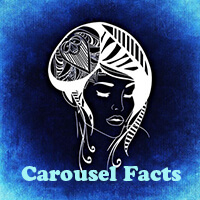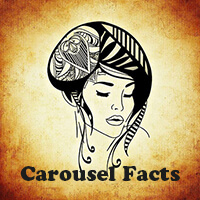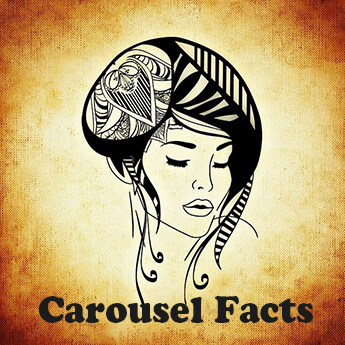Men’s Health - Facts
In 1987, Mark Bricklin started a magazine called Men’s Health, which focuses on provision of health service. Men’s Health has changed into a men’s lifestyle magazine. It deals in areas like fitness, health, relationships, nutrition, technology, money and finance.
Bricklin together with Stefan Bechtel and Larry Stains, who are Rodale editors, first presented three test issues. The outcomes motivated Rodale to start Men’s Health in 1988; it was a quarterly magazine. He started to sell subscriptions also.
That year, Brickline, who was Prevention magazine’s editor-in-chief, hired Mike Lafavore as Men’s Health editor. In the 12 years that followed, Lafavore, being editor-in-chief developed circulation of an excess of 1.5 million, from 100,000 and raised the number of times publications were made to 10 times every year.
He grew the brand of the magazine to numerous states such as France, UK, Australia, Germany, Mexico, South Africa and Russia. He formed the editorial method that is utilized nowadays, hired Steven Slon who had experience in the sector of service journalism, moved Greg Gutfeld from Prevention title of Rodale and worked alongside Denis Boyles, a staff editor with huge experience, who was previously a contributing editor for Playboy.



Features of Men’s Health
Publications of Men’s Health from 2013 spread to 47 states, which was an increase from 2001’s 20 editions. Firms advertising cigarettes or alcohol are not promoted by the magazine, nor are firms for herbal solutions and supplements.
In 2000 David Zinczenko was appointed Men’s Health editor-in-chief. The publisher was Ronan Gardiner. At this time, there was a 30% growth in the circulation of the magazine and increase of 80% of ad pages (1150 from 700 pages).
21 international editions were presented by the brand in 2000. In 2001, newsstands were making continuous sales of 400,000 copies availing a 1.6 million general circulation.
The yearly cities list was began by the magazine in 2001, which portrayed men with optimal health. This was determined by 20 ‘lengthy living structures such as mortality rates (illness and homicide); levels of sickness, (heart ailment, high blood pressure, stroke, etc.); exercising, body mass index as well as factors in the surrounding like golf courses, parks, etc.
Men’s Magazine has experienced criticism...
2003 saw a circulation of 1.7 million. The circulation was nearly 1.8 million in 2006. There was a 1.89 circulation from June 2011. Men’s Magazine has experienced criticism due to the rising concern from men regarding their bodies. This increases their susceptibility to impulsive excess working out and eating disorders.
According to New York Times, ‘from the time it was launched towards the end of the 80s, the magazine has exceeded conventional books for men such as GQ and Esquire, by adhering to the method of magazines for ladies, which are best sellers and meeting men’s needs regarding their sexual prowess and bodies.’
It was revealed by Columbia Journalism Review that the magazine ‘mainly handles personal care and actually blows out of proportion the likelihood of independent personal change.’
Also, the magazine has been accused of over usage of cover taglines. Zinczenko answered by saying that most of the sales of the magazine (80%) are subscription; the covers are different from the newsstand type.
Men by nature don't as easily talk - like woman do
Men really are different Biological differences offer some insight into why men grieve the way they do. Compared with women, men have less prolactin, a hormone excreted by the pituitary gland, which is associated with emotional tears. Men by nature don't as easily talk to each other as woman do. Fearing they might appear weak, a man often won't delve into his inner emotions as easily as a woman and the burden of grief becomes heavier.


